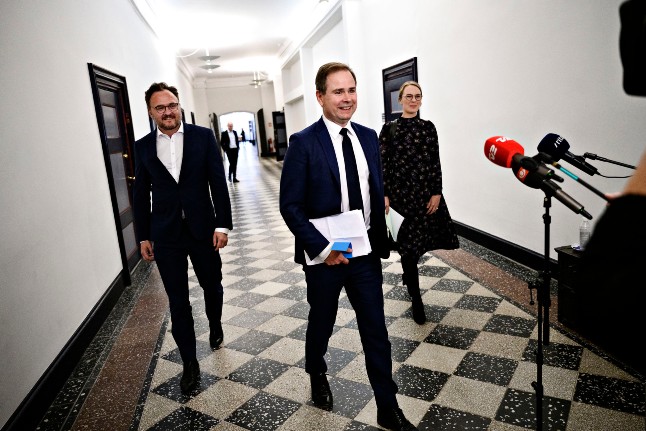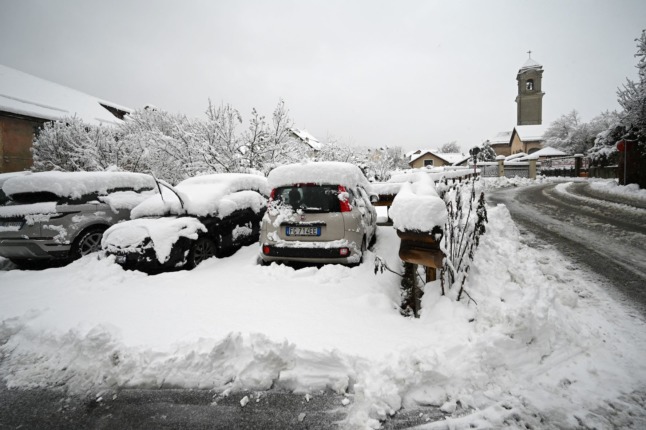What sort of climate plan has the government proposed?
A surprisingly unambitious one. The government on May 20 proposed a plan which will reduce Denmark's emissions by 2m tonnes of CO2 by 2030. To reach the country's goal, it needs to reduce emissions by 19m tonnes.
Even the pro-business Liberal party were disappointed.
- Build two “energy islands”, clusters of new wind farms, one around the island of Bornholm, and one around an artificial island built in the North Sea. Together, they should produce 4GW of power by 2030.
- Focus on new technologies to turn electricity to fuel or store it in other ways, such as Power-to-X
- Focus on carbon capture technologies
- Support industry to push forward with electrification and energy efficiency
- Invest DKK 325 million in more biogas
- Increase recycling to minimise waste incineration
- Subsidise Danish individuals, companies and municipalities to replace oil boilers
- Ensure the biomass used in Danish heat plants is sustainable
Partly because the government's finances have been so badly damaged by the actions it has taken to help the economies of companies and citizens survive the coronavirus lockdown.
It's also questionable the extent to which Danish Prime Minister Mette Frederiksen and her government are “green at heart”, given how late they were to give the environment emphasis in last year's election campaign.
What did the Danish Climate Council recommend?
- An emissions tax which will gradually build to 1,500 kroner per tonne of CO2 equivalent by 2030.
- A complete phase out of coal as soon as possible, and certainly by 2025.
- Tax breaks for companies that implement cost-effective energy savings
- A national strategy for building charging infrastructure for electric cars
- Stopping cultivation on and then reflooding former peatlands
- Carbon capture and storage on biomass, waste incinerators, industrial plans and biomass CHP plants
The Climate Council recommended that the government seek to cut emissions by 54 percent by 2025, by immediately:
- Reduction of the tax on electric heating.
- Cancelling the rules that bind certain customers to natural gas.
- Increasing the CO2 price in the assumptions for socio-economic calculations.
- Bringing forward public tendering procedure for the second offshore wind farm in the Energy Agreement
What do the other parties want?
The Red Green Alliance, probably Denmark's 'greenest' party, wants a total end to coal burning in Denmark by 2025, a more rapid phase out of oil boilers, and even greater investment in wind power. It also wants to levy carbon charges and taxes to speed up the transition.
The Social Liberal Party, which is green but economically liberal, wants a wholesale green tax reform, starting with tax cuts for businesses and citizens, followed by a gradual phase in of CO2 charges. It wants to ban the sale of petrol and diesel cars by 2025. It claims its alternative plan will bring Denmark halfway to the 2030 target.
The Liberal Party, does not want to sacrifice the Danish economy for the sake of a green transition. “We should not push good Danish jobs abroad, because then we are also pushing CO2 emissions and greenhouse gas emissions abroad,” the party's leader Jakob Ellemann-Jensen told Danish state broadcaster DR.
The Danish People's Party, wants to work with businesses to draw up a plan which will not risk Danish jobs.
“There must be a special focus on growth and employment. We are in the midst of a coronavirus crisis and have lost lots of jobs,” said party leader Kristian Thulesen Dahl. “We should not push ahead with climate policies which cost jobs.”




 Please whitelist us to continue reading.
Please whitelist us to continue reading.
Member comments